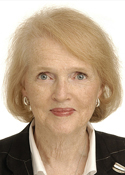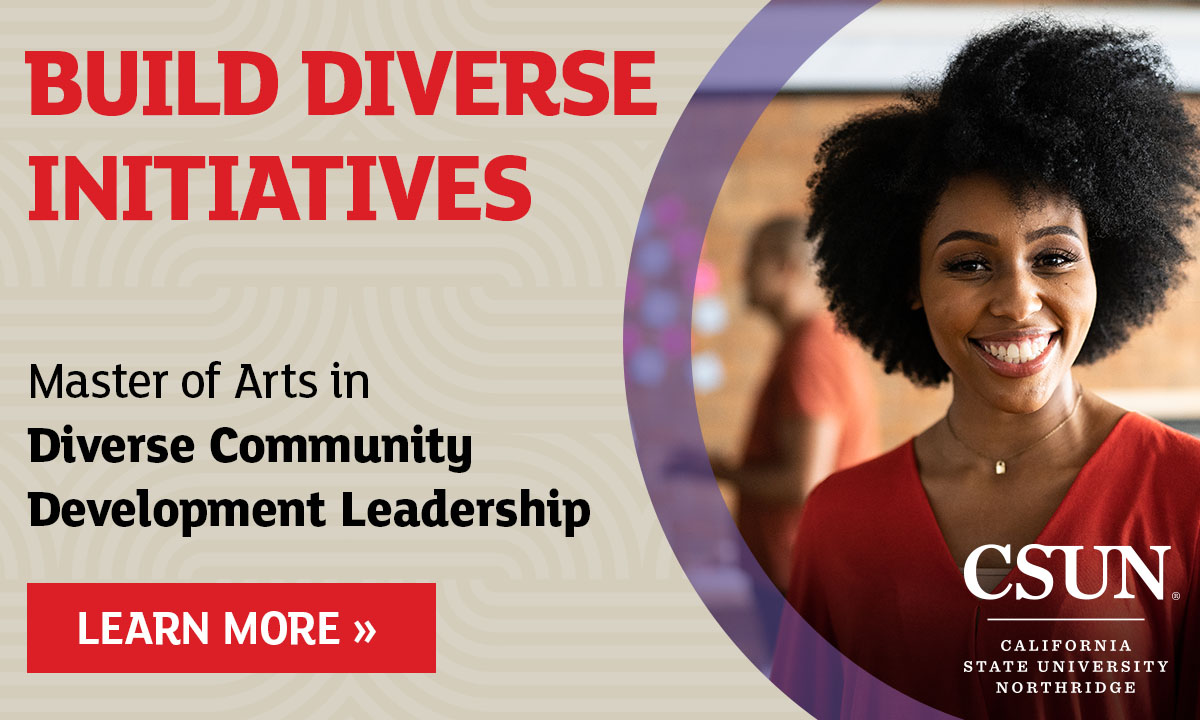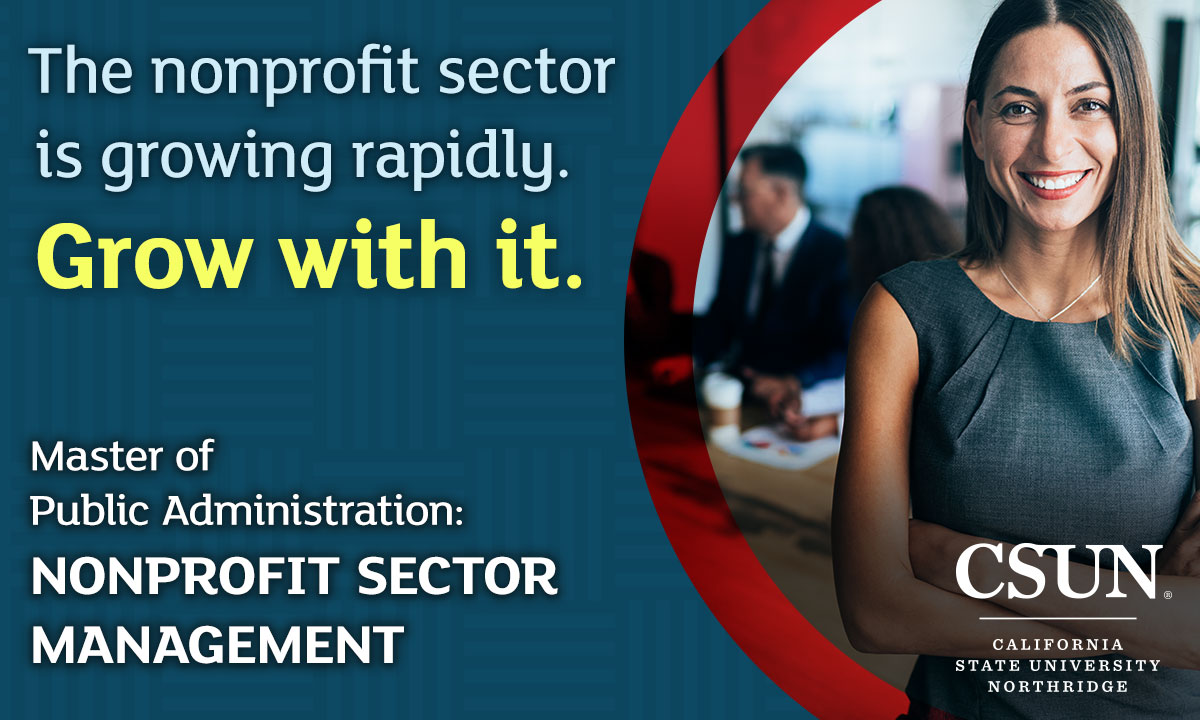Cultivating the Ultimate Board: Interview with Kay Sprinkel Grace
What’s the most common mistake organizations make when recruiting board members?
Not fully describing what’s expected in terms of their role and responsibilities. Too often we understate expectations because we want people to serve. That’s self-defeating. Full disclosure from the beginning will bring you amazingly dedicated and committed board members. By the same token, understating the requirements (“You only have to come to meetings – the staff does everything else”) will backfire and create resentment.
Cite the most important question an organization should ask a candidate before inviting him or her to serve?
Is ours a mission you care about or have passion for? A person can be a Cracker Jack lawyer, accountant, or marketing guru, but if their heart isn’t in synch with your mission, you won’t find the commitment you need. I’ve seen boards that have shifted too far toward pragmatism and away from the passion. In my view, the ideal candidate is a “passionate pragmatist.”
Give us three adjectives describing the ideal board member.
Curiosity is first, it’s something I treasure in board members. I love when they question reports and want to know more. Board members also need the courage to speak up. Far too many boards skim through the budget review, and then, later, are dismayed about allocations or goals that were too ambitious in the first place. Being candid shouldn’t be hard, but frequently board members are more conscious of what they think their role is rather than how they feel about an issue or decision.
You say in The Ultimate Board Member’s Book that board meetings should always include a “mission moment.” What do you mean?
In the middle of the meeting – so as to catch the latecomers and the early leavers – a person (or persons) who have benefited from your services is asked to come and share for five to ten minutes what the organization has meant to them or their family. More often than not, it’s a moving experience – sometimes a tear-inducing one. Certainly “mission moments” are motivating.
Say I’m a board member. Sure, I read what’s sent to me, I attend meetings, and I ask a question or two. But tell me other things I can do to improve my contribution.
Model leadership at board meetings by being prepared, courageous, candid – and cooperative when decisions are made that aren’t your first choice. If you disagree with something, state why; if you’re an advocate for the proposed decision, explain why. And take responsibility. For example, if you want to add an event to increase revenues, what will YOU do to support that event and how will YOU engage other board members? Handing it all back to staff is feckless.
In your opinion, the number one way to improve board meetings is…
Throw a meaty topic on the table and let board members use their brains and experience to make a real contribution. Recently I was at a board meeting where this is done regularly. The climate has gone from tolerable to enjoyable – all because of the way the chair engages the members during the discussions and at the end, when she asks what’s their biggest take-away from the meeting. It’s been amazing to watch. Board members now come much more prepared and eager to participate.
For years we’ve heard about the three W’s – work, wealth, and wisdom, that board members should be recruited on the basis of these. Is this still a good prescription?
I imagine that underneath all the recruitment practices, these criteria still exist. We may not use those words on the recruitment matrix, but we still think of them. My “rule of thirds” is that one third of your board should have your organization as their top philanthropic priority; one third should have your organization as one of their top three philanthropic priorities; and one third will be on your board for other reasons – that is where the wealth over wisdom and work people reside!
You’ve worked with boards for more than three decades. What dramatic changes have you seen over the years?
It’s a major concern of mine that boards aren’t keeping up with the changes in our donors and in the marketplace. Too many boards are risk-averse, operating from fear rather than dreams. They believe “getting back to zero” – balancing the budget – is cause for champagne at the end of the year. Young people who come on our boards are often disappointed; as are Baby Boomers in their “encore careers” who are looking for solutions to problems they’ve observed for decades. Our impact will shrink if we persist in a narrow view that’s characterized by one-hour board meetings, no action, no dream, no risk-taking, and insufficient assessment of the world outside our windows.
Most of us know that boards should evaluate their own performance. But do you find this to be a common practice?
Increasingly it is. I have more requests for sample board self-evaluations than ever. It’s all part of the increased focus on performance metrics. Just as donors want to know our programmatic impact, board members are interested in their performance as well. Also, some funders are showing concern for how we assess board performance.
Deadwood – it’s not a pretty thing. Has anyone found an easy way to “de-enlist” a board member who just doesn’t perform?
I’m bullish on yearly meetings, where the board chair and CEO meet with each board member individually. This allows you to monitor disappointment, non-performance, or frustrations before they get severe. Sometimes, we put up roadblocks to people’s engagement (inconvenient meeting times, ill-chosen assignments) and we need to hear about those and make adjustments. Other than that, probably the best way to prevent deadwood is to enforce term limits. If a board member isn’t performing after the initial three-year term, ask that person to step down or find another role (committee, advisory board) for him or her.
—

About the Author
Kay Sprinkel Grace is Author of The Ultimate Board Member’s Book, Newly Revised Edition, published by Emerson & Church.





















